Categories
Recent Posts
- Race for the Unity Palace: Kamto’s strategy sparks clash ahead of election
- CEMAC introduces new coins, including a CFA200 piece
- Football: Real Madrid manager Ancelotti testifies in court over tax charges
- Manyu Division: Ma Nchong Stella is the new Ekandim Nkanda of Ntenako
- CPDM Crime Syndicate: Biya’s acolytes expected to fill bureau vacancies
Archives
- April 2025
- March 2025
- February 2025
- January 2025
- December 2024
- November 2024
- October 2024
- September 2024
- August 2024
- July 2024
- June 2024
- May 2024
- April 2024
- March 2024
- February 2024
- January 2024
- December 2023
- November 2023
- October 2023
- September 2023
- August 2023
- July 2023
- June 2023
- May 2023
- April 2023
- March 2023
- February 2023
- January 2023
- December 2022
- November 2022
- October 2022
- September 2022
- August 2022
- July 2022
- June 2022
- May 2022
- April 2022
- March 2022
- February 2022
- January 2022
- December 2021
- November 2021
- October 2021
- September 2021
- August 2021
- July 2021
- June 2021
- May 2021
- April 2021
- March 2021
- February 2021
- January 2021
- December 2020
- November 2020
- October 2020
- September 2020
- August 2020
- July 2020
- June 2020
- May 2020
- April 2020
- March 2020
- February 2020
- January 2020
- December 2019
- November 2019
- October 2019
- September 2019
- August 2019
- July 2019
- June 2019
- May 2019
- April 2019
- March 2019
- February 2019
- January 2019
- December 2018
- November 2018
- October 2018
- September 2018
- August 2018
- July 2018
- June 2018
- May 2018
- April 2018
- March 2018
- February 2018
- January 2018
- December 2017
- November 2017
- October 2017
- September 2017
- August 2017
- July 2017
- June 2017
- May 2017
- April 2017
- March 2017
- February 2017
- January 2017
- December 2016
- November 2016
- October 2016
- September 2016
- August 2016
- July 2016
- June 2016
Featured
Most Commented Posts
 4 Anglophone detainees killed in Yaounde
4 Anglophone detainees killed in Yaounde
18 comments Chantal Biya says she will return to Cameroon if General Ivo Yenwo, Martin Belinga Eboutou and Ferdinand Ngoh Ngoh are sacked
Chantal Biya says she will return to Cameroon if General Ivo Yenwo, Martin Belinga Eboutou and Ferdinand Ngoh Ngoh are sacked
13 comments The Anglophone Problem – When Facts don’t Lie
The Anglophone Problem – When Facts don’t Lie
12 comments Anglophone Nationalism: Barrister Eyambe says “hidden plans are at work”
Anglophone Nationalism: Barrister Eyambe says “hidden plans are at work”
12 comments Largest wave of arrest by BIR in Bamenda
Largest wave of arrest by BIR in Bamenda
10 comments
Latest Tweets
Featured
-

Race for the Unity Palace: Kamto’s strategy sparks clash ahead of election
-

CEMAC introduces new coins, including a CFA200 piece
-

Football: Real Madrid manager Ancelotti testifies in court over tax charges
-

Manyu Division: Ma Nchong Stella is the new Ekandim Nkanda of Ntenako
-
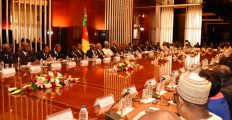
CPDM Crime Syndicate: Biya’s acolytes expected to fill bureau vacancies
-

Yaoundé spent CFA311bn on interest payments for central government debt in 2024
-

President Putin begins biggest Russian military call-up in years
© Cameroon Concord News 2025

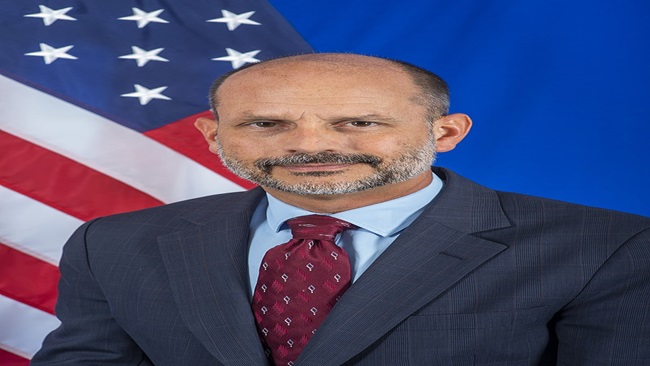
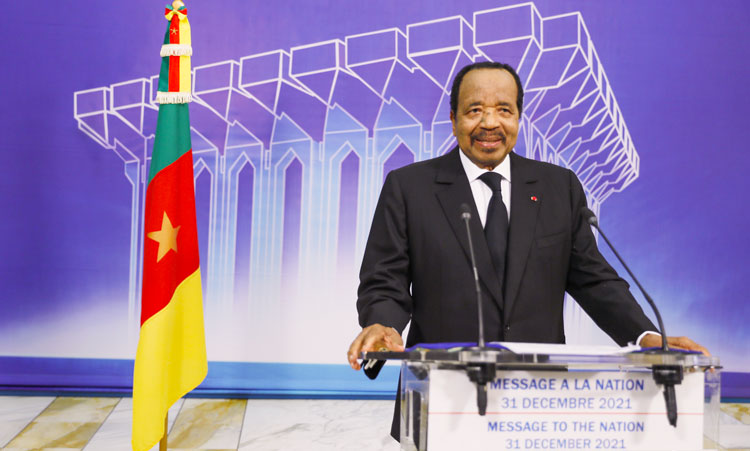
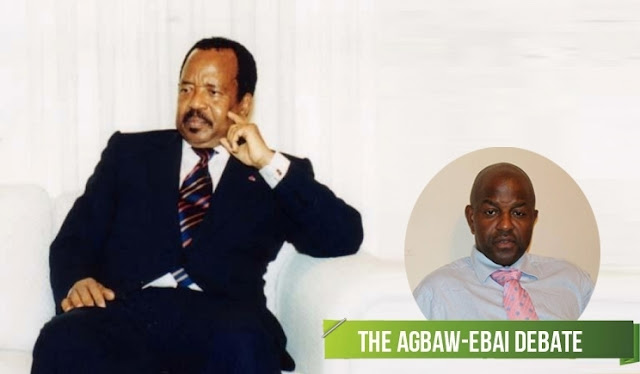
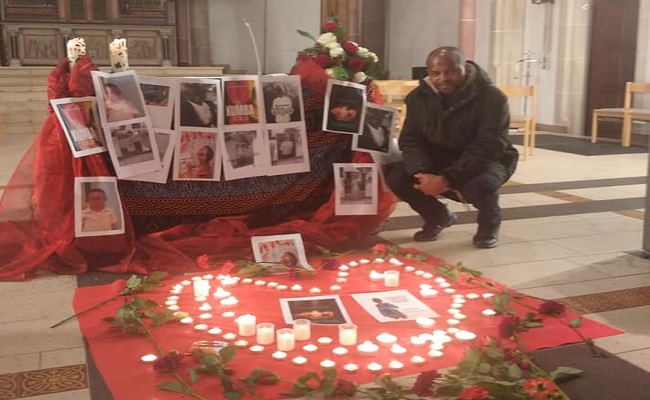
25, May 2018
What’s behind the feud between the US and the Biya regime? 0
by soter • Editorial, Headline News
Last week, the political atmosphere in Yaoundé grew a little more tense. For the first time in his 36 years as head of state, President Biya received a verbal missile fired by the US ambassador Peter Barlerin at Yaoundé. Cameroon Intelligence Report understands no one was injured at the Unity Palace even though Francophone political commentators and CPDM cronies including some pro-Biya comedians have openly suggested the attack was tantamount to an act of war by the US.
The Interim Government of Southern Cameroons/Ambazonia claims that the Biya Francophone Beti Ewondo government is carrying out genocide in West Cameroon with its troops burning and destroying Southern Cameroons towns and villages. The U.S. ambassador to Cameroon, Peter Barlerin, backed the claim during a fiery meeting with the 85 year-old President Biya.
The US recently put a smile on Biya’s face by donating two sophisticated fighter jets and repeatedly warned that the planes were only to be used to counter Boko Haram incursions in the Far North region of the country.
In the short term, this latest salvo fired by Ambassador Peter Barlerin probably won’t result in any kind of direct conflict between Yaoundé and Washington. (Though it will, undoubtedly, result in the collapse of the Biya regime.) However, it will only deepen the friction between Yaoundé and the Western nations that have been supporting Biya for more than three decades. The pronouncements by some Biya loyalists including Communications Minister Issa Tchiroma Bakary and Foreign Affairs Minister Mbella Mbella have made the situation very much intractable. Here are some important ways to understand the Yaounde-Washington disputes and suspicions:
The US fears that Cameroon is heading towards disintegration and that may have a spill over effect in neighboring countries such as Chad and Gabon including Congo Brazzaville. It’s true that Washington and Yaoundé have never been on opposite sides of international politics but the rift presently going on is an indication that Biya has overstayed his time.
The war against Boko Haram and the global war on terror have certainly informed the domestic and foreign policy priorities of both the United States and Cameroon. Both countries established solid bi-lateral relations and have been sharing intelligence. But Ambassador Barlerin’s advice to Biya isn’t simply, or even primarily statements that can be ignored. It is abundantly clear that the Trump and Emmanuel Macron administrations agreed on what the ambassador had to tell Biya.
Biya’s poor management of the crisis in Southern Cameroons spawned the tensions between Washington and Yaoundé. But the atrocities being committed by French Cameroun army soldiers in Southern Cameroons played a big role in creating the hostile environment we see today.
By Soter Tarh Agbaw-Ebai